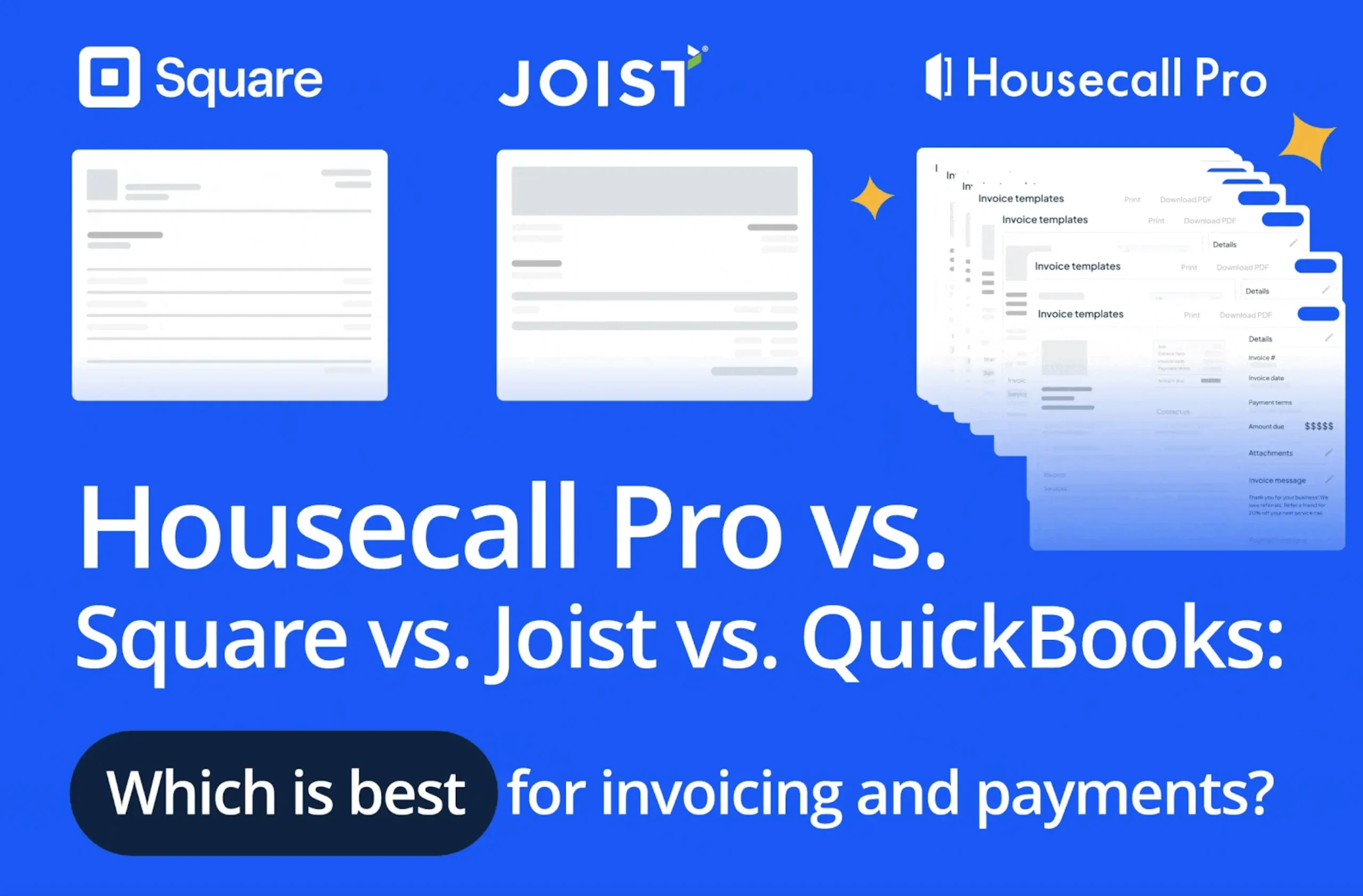
Analytics has become one of the most powerful tools for service businesses. Not only are they used to better understand your customers, but they also help you to make better-informed business decisions and ultimately more money. If used properly, a service business will be able to stop wasting time and money on what’s not working, in order to shift the focus on what is.
Ways you can find and use data for your business
In order to beat your competition, it’s important to use all the resources that are available to you. Analyzing your data can seem like a pretty daunting task, especially if you haven’t really had any experience doing it before. Luckily we live in a time where we have the technology and resources to make it easier. To get you started, we’ve broken down the key terms to know in addition to some tips and tricks to keep in mind along the way.
Small business analytics 101
Before we dive into the world of analytics, the following are a few frequently used terms that are important to know.
Cost of Acquisition (CAC) – The amount you have spent to acquire one new customer. For example, if you gained 10 new customers from an ad that you spent $50 on, your CAC would be $5 per customer.
Lifetime value (LTV) – The predicted amount you will make from one customer. For example, if your customer books a $100 service with you every 6 months and you expect them to remain your customer for 5 years, their LTV would be $1000. It’s important to make sure you’re LTV remains higher than your CAC.
Return on Investment (ROI) – Your ROI is the ratio between your net profit and the amount you spent to get it. To calculate your ROI you need to take the amount you made on the job and divide it by the amount you spent. For example, if you made $500 on a job and spent $50 on marketing materials to gain that job, your ROI is 10%.
Churn – When one of your customers quits doing business with you. You want to make sure you’re acquiring customers at a higher rate than the rate of those that churn.
Useful tools for small businesses
Now we can move on to the tools available to you. Like we said earlier, it’s important to take advantage of all of the resources that help grow your business in order to get ahead of your competition. There are a lot of different tools you can use to make navigating through analytics easier, below are a few basics to start with.
Google Analytics – This tool tracks and reports website traffic. That way you can see how many people are looking at your website and compare that to how many of those people signed up. Once you have this data you can address any changes you may want to make to your website in order to increase your conversion.
It is also integrated with AdWords, so you can review your online campaigns to see which ones are performing well and aren’t in order to allocate your money to those that perform best.
Quickbooks Online (QBO)- Quickbooks allows you to track a number of things including: income, expenses, sales, time, and inventory. You can also run reports on your profit/loss, expenses, and balance sheets. This keeps all your reports and data in one place where you can easily check in on your success and your spend.
Customer Relationship Manager (CRM) – A CRM program will help you manage data regarding your customers. There are a lot of different CRM’s out there that focus different aspects of the customer experience. This can make it hard to pick which one your business needs. You want to look for one that lets you keep track of where they came from, any important customer information, and all of their customer history.
Avoiding mistakes
Unfortunately, it can be easy to make mistakes when you’re using analytics. Businesses can fail at analytics for numerous reasons, but none of them are impossible to overcome. Some businesses are afraid of taking the time and effort to learn how to use some of the difficult analytics tools. Others mistakenly believe that their business is too small to use its data.
The companies that have learned how to use analytics tools and realize their importance are often confronted with the challenge of what to do with the data in front of them.
Naturally, failing to confront these challenges head-on can have negative effects ranging from a simple set back to a much larger issue. Attempting to run a company without using analytics as a guide is like trying to race a car blindfolded.
Without learning how to best leverage your data in the favor of your business will result in falling behind your competition. Analytics are needed to give your business a direction and grow.
Doing data right
To start using your data effectively, it’s important to focus on what really matters. Leadership should look at the key performance indicators and ignore all the distractions.
Some data isn’t necessarily useful for the goals of your business, and data shouldn’t be accumulated for the sake of having it. Instead, you should create data that has a clear and driven purpose.
Keep in mind, the ultimate goal should be to drive revenue. In order to reach this goal, all of your marketing channels (where your leads come from) should be separated and analyzed based on their cost, reach and customer lifetime value. Doing so will help determine which channel is the best for your business and which provides the best return on investment (ROI).
Asking the right questions
One of the most important things to remember is that data is only valuable if using it helps you gain more customers and revenue. Your data should aim to answer foundational questions such as:
- Who are my highest paying customers?
- What is my best-performing marketing channel?
- How can I increase my customer lifetime value (LTV)?
- What additional services might my customers want?
Answering these types of questions will allow you to create long-lasting relationships with your most valuable customers and ultimately drive additional revenue.
If you utilize your data the right way, it can be your best friend. However, if you aren’t harnessing its power correctly, you’re leaving money on the table. That’s why it’s so important to take advantage of all the new tools available to you, like Google Analytics and Housecall Pro.






